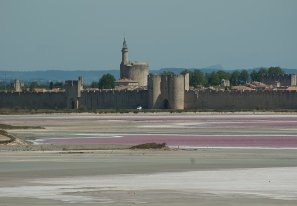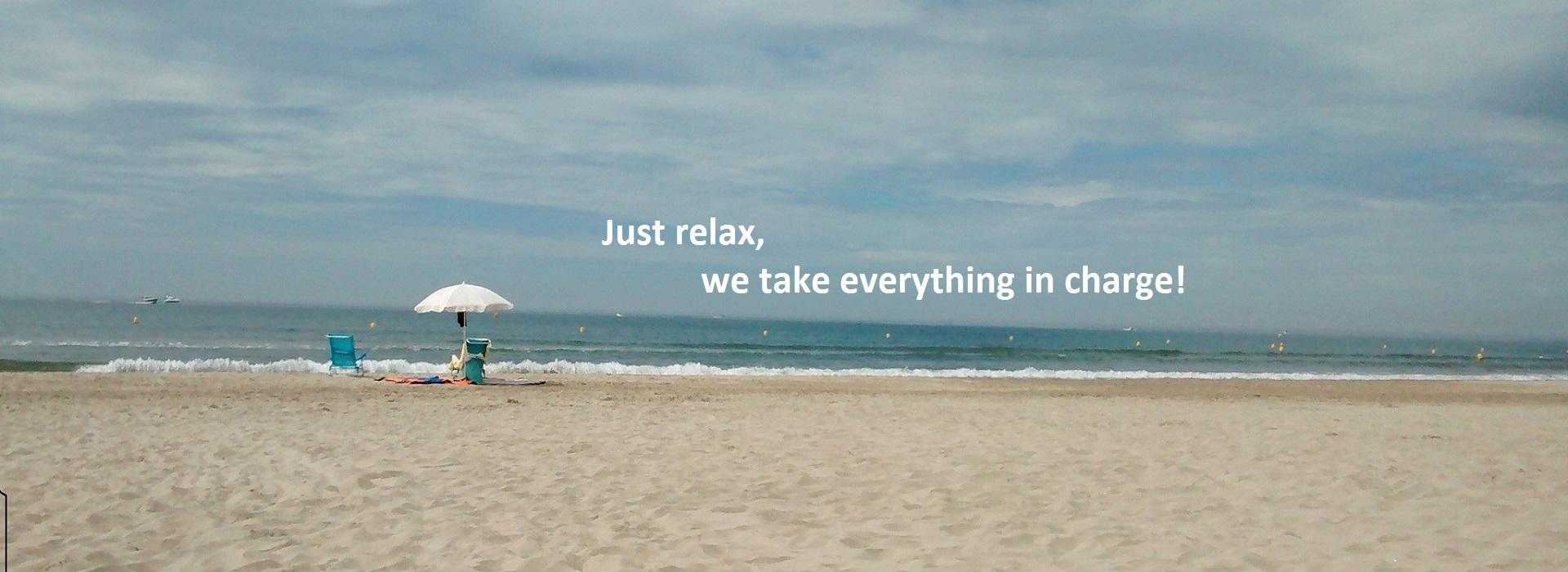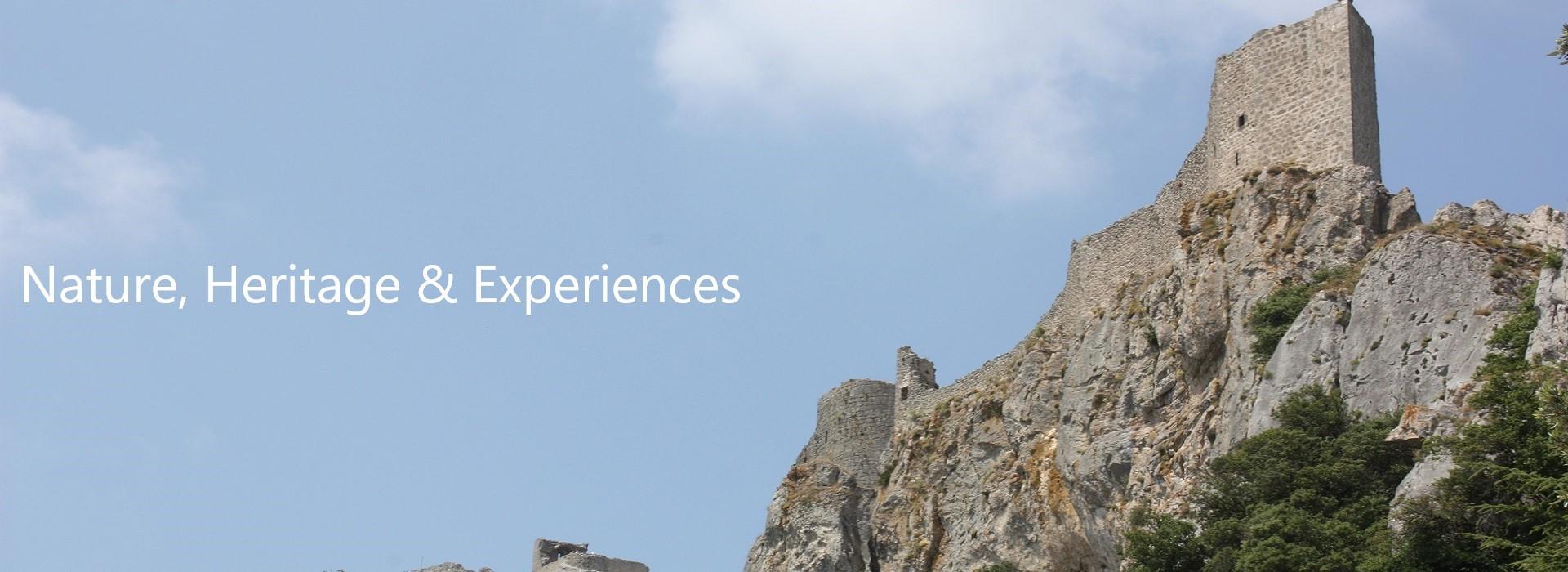The medieval city of Aigues Mortes

Gard is teeming with historic sites! We focus here on one of France's best-preserved medieval cities: Aigues Mortes. The city takes its name from its location: Aigas Mòrtas, which means "Dead waters" in Occitan, was chosen because of the ponds, swamps and stagnant waters that surround the city.
In 791, Charlemagne built the Matafère Tower to protect the laborers in the salt works. It is believed this tower was also used to communicate with the Magne Tower, at Nîmes. The Tower was later attached to the Benedictine Abbey and dedicated to Opus Dei.
Saint Louis negotiated with the monks and was granted Aigues Mortes in exchange for other lands. He abolished the salt tax, linked up the marshes by road and built a watchtower: the Carbonnière Tower... Later, he built a tower for his garrison: the Constance Tower. His successors completed the construction of the walls we can see today.
St. Louis depart twice for the crusades from the port of Aigues Mortes, for the 7th crusade in 1248 and the 8th crusade in 1270 (during which he met his death).
The walls then gained notoriety when they were used as a prison, especially for women, during the war of the Camisards when King Louis XIV organized the repression of the Huguenots. The Constance Tower became one of the symbols of the Protestants' resistance.
"gold background with a flesh-colored St. Martin, dressed in blue and brown, mounted on a horse with gold saddle and harness, cutting up his cloak, also brown, to give half of it to a poor cripple, also flesh-colored and dressed in blue, all on a green base".

Not to be missed!
The ramparts: Surely the highlight of any visit to Aigues Mortes. From the ramparts, you will enjoy great views of the ancient city and the salt works. Two iconic sites: the Constance Tower and the statue of Saint Louis in the main square.
A visit to the salt works: organized or unaccompanied, the tour is available by train or bike. You will be right in amongst things in the salt marshes. The most beautiful colors are to be seen in June and July when the water is highly concentrated with salt and becomes a beautiful pink color. There are amazing photos of the pink water, the blue skies and the white of the salt!
Notre-Dame-des-Sablons: this Gothic church is the oldest of the city's remains. It was built for King St Louis to pray in before leaving for the crusades. Older than the ramparts themselves, the church has burned down several times. Today, it is open for worshippers. The stained glass windows are by Claude Viallat, a Nîmes artist whose works can be found the world over.
The Carbonnière Tower: built outside the city to guard the road, today it is the perfect place to view the Camargue landscapes with their iconic horses and bulls!

Art galleries: numerous galleries dot the city, allowing you to discover local artists.
Aigues Mortes fougasse: formerly reserved for Christmas, this traditional pastry can be served sweet or savory.
Gardianne : a typical Camargue dish based on bull meat, this is usually served with Camargue rice, another local product.
The Camargue Regional Natural Park: a European protected area, the Park hosts exceptional birdlife (local, wintering and migratory birds), including the famous pink flamingo.
A great idea for a family outing: roam the Camargue on its famous white Camargue horses. You will get closer to the fauna and flora and discover the local lifestyle
Legend and folklore
Lou Drapé is an imaginary horse featuring in the folklore of Aigues Mortes. It is said that this horse, of pale and ghastly aspect, walks near the ramparts after nightfall and carries off children on his back. These children go on a journey from which they never return. In traditional tales, Lou Drapé plays a role similar to that of the big bad wolf or the bogeyman.
Festivals : every year for about twelve days in October, the city of Aigues-Mortes in Camargue celebrates its local festival with guards, runners, cow and bull races, bull-running, peñas, concerts and balls in St. Louis square...
Another important celebration is the festival of St Louis, in August, during which the people celebrate their founder, St Louis.
FROM THE DAYS OF CHARLEMAGNE
Salt mining in the saline area around the city began in the Hellenic period. We know this from historical records because there is no trace of any ancient remains, which must have been destroyed during the construction of the modern salt works.In 791, Charlemagne built the Matafère Tower to protect the laborers in the salt works. It is believed this tower was also used to communicate with the Magne Tower, at Nîmes. The Tower was later attached to the Benedictine Abbey and dedicated to Opus Dei.
THE ST. LOUIS RAMPARTS
Aigues Mortes was strategically placed for maritime transport in days gone by: St. Louis needed to transport his troops for the Crusades. But it was the Italian fleet that dominated the seas. Marseille belonged to Charles of Anjou (King of Naples), Agde to the Count of Toulouse, Montpellier to the King of Aragon... Building Aigues Mortes was a way to obtain free access to the Mediterranean, provided that the Benedictine monks who governed this area could be persuaded.Saint Louis negotiated with the monks and was granted Aigues Mortes in exchange for other lands. He abolished the salt tax, linked up the marshes by road and built a watchtower: the Carbonnière Tower... Later, he built a tower for his garrison: the Constance Tower. His successors completed the construction of the walls we can see today.
St. Louis depart twice for the crusades from the port of Aigues Mortes, for the 7th crusade in 1248 and the 8th crusade in 1270 (during which he met his death).
The walls then gained notoriety when they were used as a prison, especially for women, during the war of the Camisards when King Louis XIV organized the repression of the Huguenots. The Constance Tower became one of the symbols of the Protestants' resistance.
THE CITY'S COAT OF ARMS
The coat of arms of Aigues Mortes is thus described:"gold background with a flesh-colored St. Martin, dressed in blue and brown, mounted on a horse with gold saddle and harness, cutting up his cloak, also brown, to give half of it to a poor cripple, also flesh-colored and dressed in blue, all on a green base".

CULTURAL AND NATURAL HERITAGE
Aigues Mortes is a great family destination, ideal for combining cultural visits with trips in the countryside.Not to be missed!
The ramparts: Surely the highlight of any visit to Aigues Mortes. From the ramparts, you will enjoy great views of the ancient city and the salt works. Two iconic sites: the Constance Tower and the statue of Saint Louis in the main square.
A visit to the salt works: organized or unaccompanied, the tour is available by train or bike. You will be right in amongst things in the salt marshes. The most beautiful colors are to be seen in June and July when the water is highly concentrated with salt and becomes a beautiful pink color. There are amazing photos of the pink water, the blue skies and the white of the salt!
Notre-Dame-des-Sablons: this Gothic church is the oldest of the city's remains. It was built for King St Louis to pray in before leaving for the crusades. Older than the ramparts themselves, the church has burned down several times. Today, it is open for worshippers. The stained glass windows are by Claude Viallat, a Nîmes artist whose works can be found the world over.
The Carbonnière Tower: built outside the city to guard the road, today it is the perfect place to view the Camargue landscapes with their iconic horses and bulls!

Art galleries: numerous galleries dot the city, allowing you to discover local artists.
Aigues Mortes fougasse: formerly reserved for Christmas, this traditional pastry can be served sweet or savory.
Gardianne : a typical Camargue dish based on bull meat, this is usually served with Camargue rice, another local product.
The Camargue Regional Natural Park: a European protected area, the Park hosts exceptional birdlife (local, wintering and migratory birds), including the famous pink flamingo.
A great idea for a family outing: roam the Camargue on its famous white Camargue horses. You will get closer to the fauna and flora and discover the local lifestyle
Legend and folklore
Lou Drapé is an imaginary horse featuring in the folklore of Aigues Mortes. It is said that this horse, of pale and ghastly aspect, walks near the ramparts after nightfall and carries off children on his back. These children go on a journey from which they never return. In traditional tales, Lou Drapé plays a role similar to that of the big bad wolf or the bogeyman.
Festivals : every year for about twelve days in October, the city of Aigues-Mortes in Camargue celebrates its local festival with guards, runners, cow and bull races, bull-running, peñas, concerts and balls in St. Louis square...
Another important celebration is the festival of St Louis, in August, during which the people celebrate their founder, St Louis.




